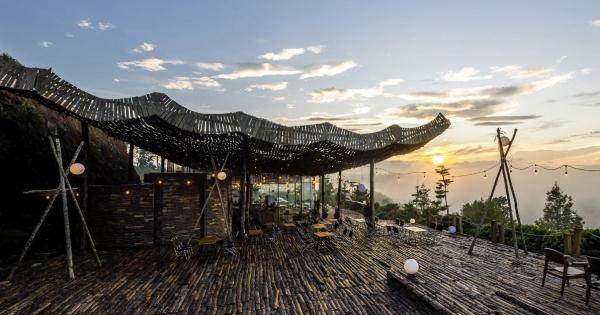Why Urban Infrastructures Need Blue Roofs

By Colin Sheehan, RCS Reporter.
How blue roofs can help cities withstand extreme weather events and avoid sewer system disasters.
While designs differ slightly in look and function, a blue roof is made to collect and temporarily store stormwater before gradually releasing it downstream or until it has been evaporated. The water is collected through a pod system of weirs, which according to Ecogardens, “work by setting the location of a drain a certain height above the rooftop.”
Some blue roofs are built with crate blocks, like Legos, that stack on top of each other to create a structural void. In urban settings in particular, blue roofs offer many advantages including collecting rain or stormwater before it can overwhelm a sewer system. Blue roofs will also prevent untreated, contaminated water from reaching freshwater lakes and rivers.
"When it rains in [industrial areas], because of all these hard surfaces, the water doesn't have anywhere to go, so you get a lot of runoff and risk of flooding," said engineer Rohan Hakimi with Credit Valley Conservation in an interview with the CBC news.
In urban areas, water damage is a leading cause of personal property claims. The current infrastructure in most — if not all — cities is not designed to withstand extreme weather conditions which have become increasingly prevalent as a result of climate change. In an urban environment, a blue roof would act like a sponge, collecting stormwater before slowly releasing it.
Blue roofs versus green roofs
Blue roofs are often more affordable than green roofs, but the combination of the two could be the next greatest duo since peanut butter and jelly. The RESILIO project in Amsterdam, for instance, will install 10,000 square meters of blue-green roofs on social housing complexes, planning on using the water collected from the blue roof to provide for the plants and trees.
Why use a blue roof?
The main benefits of blue roofs are they provide a way to conserve water and prevent stormwater from overflowing a sewer system. Blue roofs can be installed on most flat roofs and are easily paired with green roofs or recreation rooftops.
In a study done by High Performing Building Magazine where they compared the benefits of blue and green roofing systems, they found rainwater harvesting systems to have “the potential to make a substantial difference in reducing stormwater impacts on downstream water treatment infrastructure while also reducing demand from upstream municipal water supply systems.”
Their results also highlighted that harvesting the rainwater can offset the demand for potable water used for toilets and urinals, dramatically reducing the amount of water needed for a building to function.
Stay up to date with the latest roofing industry news when you sign up for the RCS Week in Roofing e-news.
Recommended For You

Meet Trip Howland, Answer Me This! Winner
Read More ...
A Day in the Life of an RCS Reporter at the CRA Trade Show
Read More ...
Unique Roofs From Around the World
Read More ...
















Comments
Leave a Reply
Have an account? Login to leave a comment!
Sign In